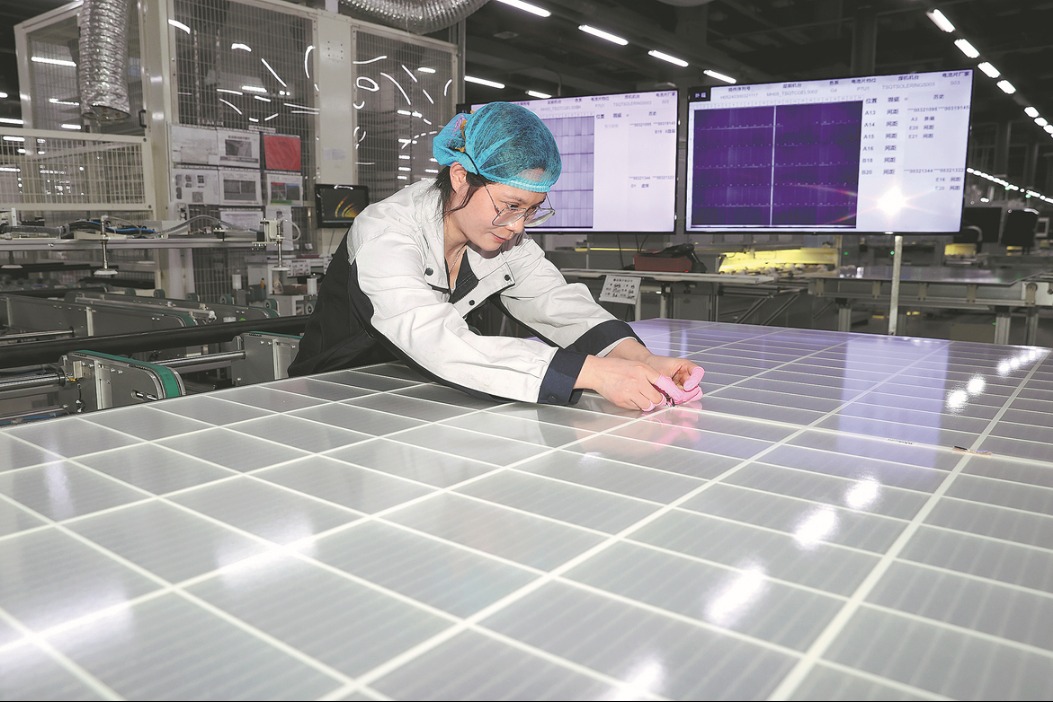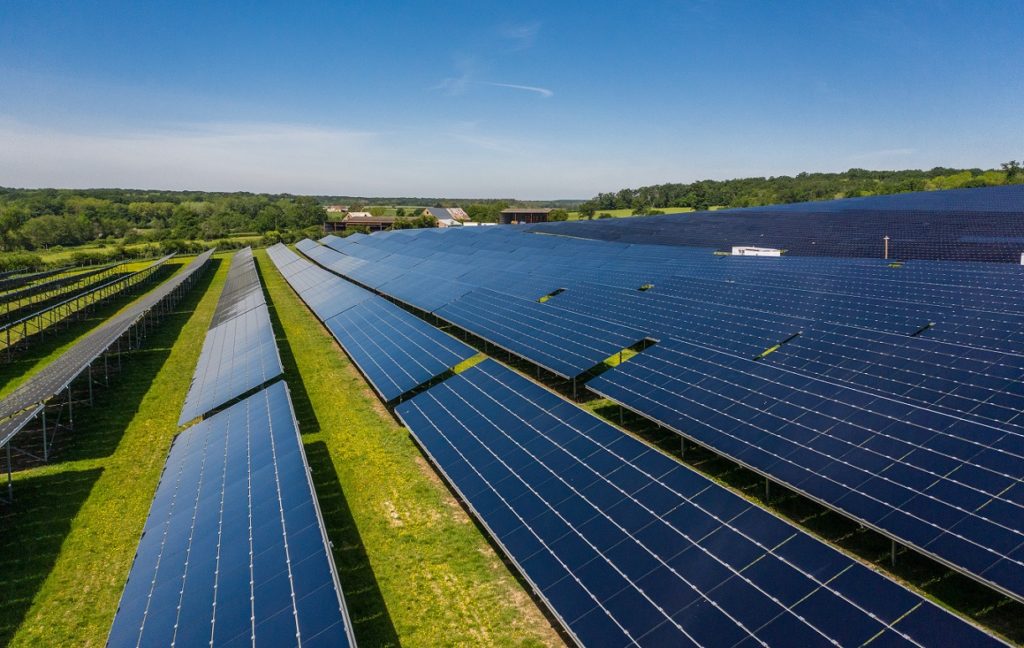Solar Energy Market Trends
Chinese solar companies are successfully navigating global trade tensions, maintaining their competitive edge through strategic global operations, experts and business insiders say. Despite recent U.S. tariffs on Chinese solar cells, these firms have diversified their export markets, strengthening trade relationships with Europe, Asia, Africa, and Latin America.
Green Energy Policies and Strategic Developments
An executive from a domestic solar company emphasized that the U.S. decision to impose additional tariffs, driven more by political motives than economic issues, will have limited impact. Companies like Risen Energy have expanded production capacities abroad, enhancing resilience against market fluctuations and boosting global competitiveness.
Leon Chuang, Risen Energy’s global marketing director, highlighted the company’s efforts to establish production facilities in other countries to bypass U.S. tariffs. This strategy has enabled Risen Energy to enhance its international competitiveness, with recent operations commencing in Malaysia and exports reaching markets such as Mexico, Australia, Chile, and Brazil.
Solar Energy Investment and Technological Advancements
Trina Solar Co Ltd, another major Chinese solar panel manufacturer, has also been advancing its globalization strategy. By doing so, Trina Solar not only enhances its competitiveness overseas but also strengthens its ability to mitigate risks associated with foreign trade policies.
An analyst noted that the diversification strategies of these companies reflect a broader trend among Chinese solar manufacturers. These firms are navigating the complexities of globalization to secure their positions in a competitive and volatile market.
Solar Market Analysis and Future Outlook
Lin Boqiang, head of the China Institute for Studies in Energy Policy at Xiamen University, criticized the focus by the U.S. and Europe on China’s alleged excess capacity. He argued that this criticism underestimates the innovation by Chinese companies and overstates the importance of state support in their growth.
Lin pointed out that the U.S. is not a major export destination for Chinese solar products. Last year, China’s exports of photovoltaic cells and modules to the U.S. amounted to $3.35 million and $13.15 million, respectively. These figures accounted for just 0.1 percent and 0.03 percent of China’s total photovoltaic exports.
Liu Yiyang, deputy secretary-general of the China Photovoltaic Industry Association, emphasized the importance of the diversified development of China’s photovoltaic industry in the global industrial chain. This diversification helps domestic solar companies effectively manage risks.
Solar Technology and Global Impact
In the context of a global energy transition driving strong demand for solar products, China’s photovoltaic products remain highly competitive. Liu noted that the U.S. market adds about 40 GW of new installed capacity annually, accounting for less than 10 percent of the total global market. The rapid growth of China’s solar industry is crucial for ensuring a stable supply of solar products to combat climate change globally.
The advancement of China’s solar sector makes solar power one of the most cost-effective energy sources worldwide. This development underscores the vital role of Chinese solar companies in the global transition to renewable energy.
In conclusion, Chinese solar firms are thriving amid global trade disputes by diversifying their operations and expanding their global footprint. These strategies not only bolster their resilience but also position them as key players in the global solar energy market, contributing significantly to the fight against climate change.
Source:chinadaily.com.cn





